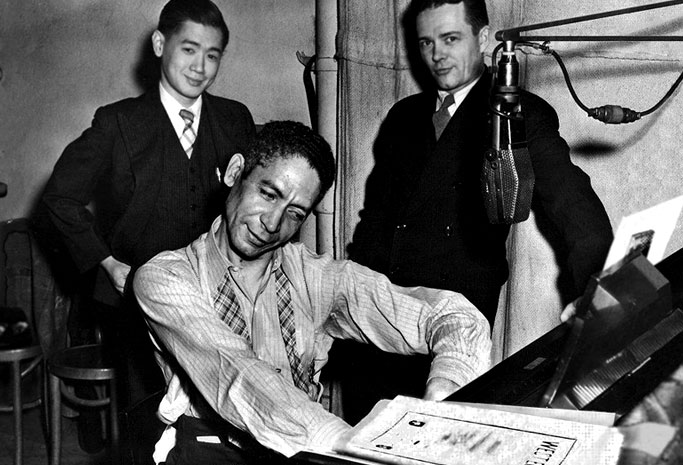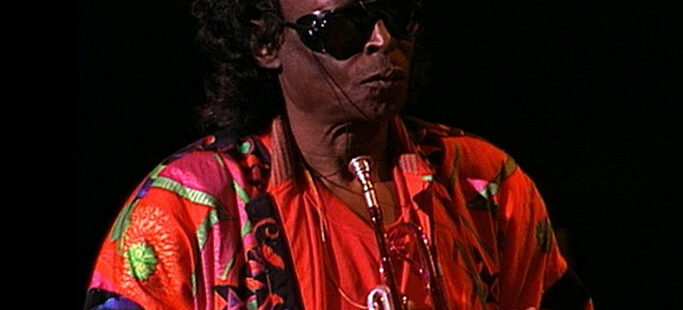The Fascinating Past of Jazz Music
Many jazz music lovers consider this genre as 20th century’s most important musical revolution. It’s not so difficult to feel a certain degree of sophistication in this musical style. After all, it was the product of artists who underwent a lot of suffering and oppression. Jazz was the symbol of the triumph over those terrible circumstances that most of them grew in.
Over the years since it was first developed, this music genre grew quickly. It also incorporated some new innovations and also had offshoots of it emerging in the later years. So, you’ll find several styles and sub-genres in jazz today.
The origins
In the early 1900s, large numbers of Africans arrived in North America. What really brought them to this part of the world was the Atlantic slave trade. The city of New Orleans had a considerably diverse population. Even today, the city is often called the ‘melting pot’ of culture.
With the arrival of the Africans came their influences of folk songs, ragtime, blues and marching band tradition of West Africa. All of this came together to form what eventually came to be known as ‘jazz’.
Development
In the 1910s and 1920s, jazz was mostly characterized by polyphonic collective improvisation. This was made possible by a frontline section that featured a trumpet or cornet. It was accompanied by a trombone and clarinet. A rhythm section of piano or banjo, drums, and tuba or double bass provided the right backing. The first key improvising soloist of jazz was Louis Armstrong.
What made him a major icon of jazz was his bold and operatic trumpet sound. The recordings with his ‘Hot Five’ and ‘Hot Seven’ became jazz music’s pinnacle in the 1920s. The first artist to write and make a formal arrangement of music for his band was Jelly Roll Morton.

Thus, he became one of the first among the major composers of jazz music. The Original Dixieland Jazz Band came up with their first jazz recordings in 1917. The recordings became extremely popular and played a key role in bringing the music to a nationwide audience. From the early 1930s to the late 1940s, the swing and big band era thrived.
During this period, band leaders such as Benny Goodman, Duke Ellington, and Count Basie became huge stars. Ella Fitzgerald and Billie Holiday were also band leaders at the beginning. Later, they ended up making their own solo careers.
The mid-20th century
During the 1950s and 1960s, the softer alternatives to the more fiery bebop sounds emerged. Artists such as Art Pepper, Dexter Gordon, and Chet Baker brought jazz from the West Coast. This form of jazz had a more sunny and laid-back aesthetic.
Additions of the influences of blues and gospel went into the creation of a bluesy sound. It developed later into ‘soul jazz’, which had a sound that seemed church-influenced. Ornette Coleman was instrumental in pioneering free jazz in 1959.
The 1970s and today’s jazz
The late 1960s saw Miles Davis’s band using electric instruments. As a result, jazz rock came into existence and grew into fusion. Herbie Hancock and a few other artists combined jazz improvisations with funk and disco. This led to the creation of danceable and complex sounds.
In recent times, the genre has embraced European jazz. It had its own sound that was distinct from others. The recent trends in jazz also included the complex rhythmic music of the 1980s.

